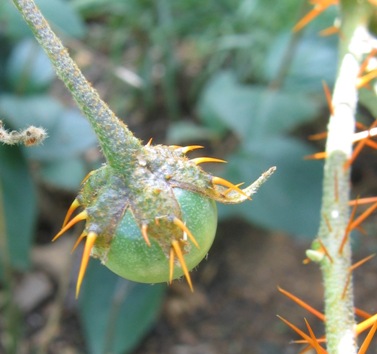Fig. 1 The bizarre porcupine tomato (Solanum pyracanthum).
Ornamentally Odd
When all the basic plants are in place in the garden, an oddity here and there is in order. This week our local nursery is offering a plant that would fit the bill. The "Porcupine tomato" botanically known as Solanum pyracanthum (Fig. 1) is a plant that is armored with spikes all over.
In spite of being prickly, some ornamental features can be attributed to this plant. The bright orange spikes provide a pleasing textural and color contrast against the bluish green velvety leaves (Fig. 2). The royal purple petals are complemented by protruding yellow stamens in the middle. Eventually, small cherry-tomato-like fruits will take the place of the colorful flowers. A plant with such attributes definitely makes a statement in any garden.

Fig. 2 Dagger-like spikes on land under leaves of Solanum pyracanthum
Physical and Chemical Threat
This may be an ornamental shrub but the plant is definitely for your eyes only. The velvety green leaves may look soft and friendly but the dagger-like spikes (Fig. 2) that are spread all over the plant make the plant look utterly foreboding. I would not recommend this plant near playground areas. The quills would deter any one from touching the plant but the danger does not end there. The plant is known to contain various toxic substances on the leaves, stems and fruits - just like most solanaceous (night shade) plants. Because of this, it is not clear whether the spikes were meant to protect the plant from humans and animals or vice versa.

Fig. 3 Solanum pyrachantum flower.
Threat of Invasion
The plant is drought tolerant therefore caution should be observed when it comes to cultivating this plant since it can be invasive depending on the growing conditions. The fruits are loaded with seeds which when allowed to mature and fall on the ground will result in an explosion of new seedlings. Eradicating an army of plants like this, would involve a bloody battle. :)
Solanum pyrachantum, although related to food crops like potato, tomato and eggplant, has been cultivated solely as ornamental plant. And we will keep it that way!















































